ALL ABOUT
ASIAN INGREDIENTS
These days you don’t have to go to a specialty store or Asian market to get the ingredients you need to make a flavorful stir-fry or curry. Many supermarkets now carry a wider array of Asian ingredients—look for them in the international foods aisle. Here are some common Asian ingredients that you’ll find in many of our recipes.
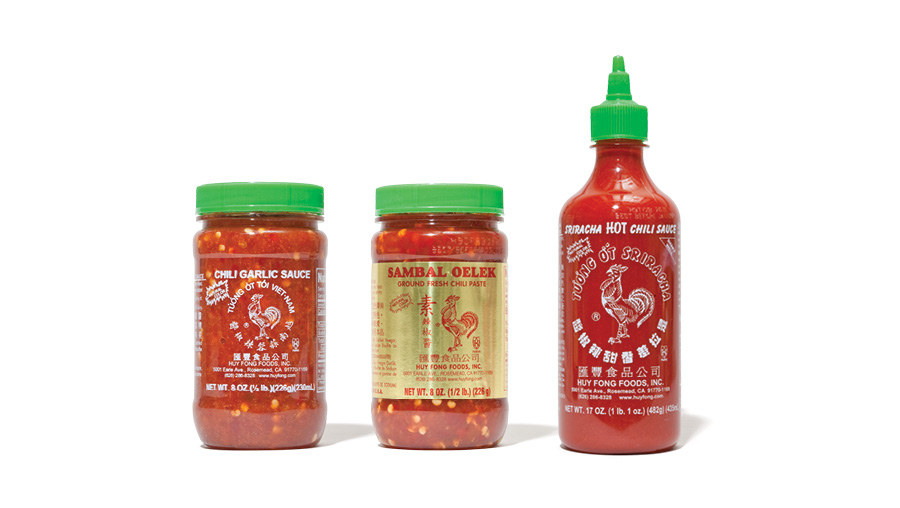
Used both in cooking and as a condiment, these sauces come in a variety of styles. Sriracha (right) contains garlic and is made from chiles that are ground into a smooth paste. Chili-garlic sauce (left) also contains garlic and is similar to sriracha but the chiles are coarsely ground. Sambal oelek (middle) is made purely from ground chiles without the addition of garlic or other spices, thus adding heat but not additional flavor. Once opened, these sauces will keep for several months in the refrigerator.
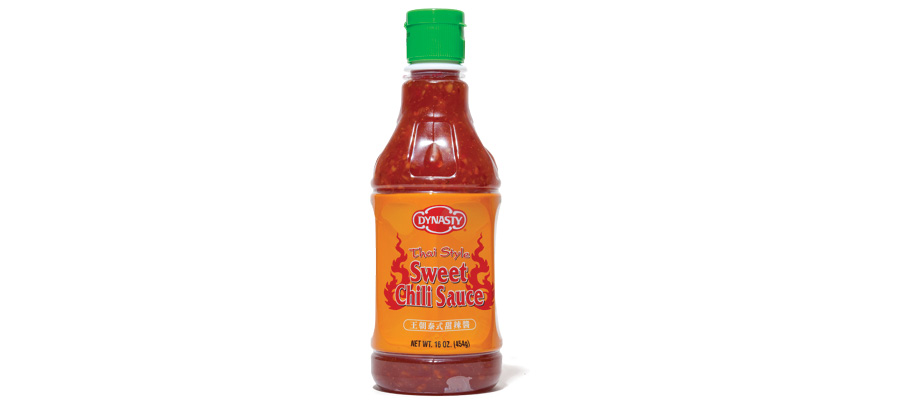
Unlike the spicy Asian chile sauces (previous), which add heat, Thai-style sweet chili sauce lies at the other end of the spicy spectrum. This sweet, thick sauce is made primarily from palm sugar, pickled chiles, vinegar, and garlic. It makes a good dipping sauce for egg rolls and dumplings, it is often served in Thailand with barbecued chicken, and we also use it as a glaze.

Rice vinegar is made from glutinous rice that is broken down into sugars, blended with yeast to ferment into alcohol, and aerated to form vinegar. Because of its sweet-tart flavor, rice vinegar is used to accentuate many Asian dishes. Seasoned rice vinegar is simply rice vinegar with salt, sugar, and sake added. This condiment, whose aliases include sushi vinegar and awasezu, makes a flavorful dressing for salads or vegetables.
MIRIN
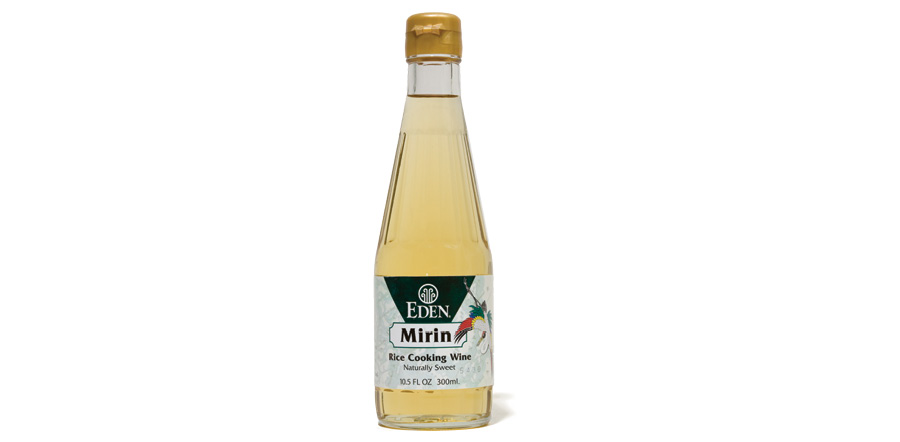
This Japanese rice wine has a subtle salty-sweet flavor prized in Asian marinades and glazes. The most traditional method for making mirin uses glutinous rice, malted rice, and distilled alcohol and requires more than a year to mature. Many supermarket brands, however, combine sake or another type of alcohol with salt, corn syrup (which helps mimic the traditional syrupy consistency), other sweeteners, and sometimes caramel coloring and flavoring. We use mirin to brighten the flavor of stir-fries and various Asian dishes. If you cannot find mirin, substitute 1 tablespoon dry white wine and ½ teaspoon sugar for every 1 tablespoon of mirin.

Soy sauce is a fermented liquid made from soybeans and roasted grain, usually wheat, but sometimes barley or rice. It is used throughout Asia to enhance flavor and contribute complexity to food. Though Chinese-style soy sauce is the most familiar, It can vary quite a bit from region to region. It was first brewed in China and later in Japan. Japanese soy sauce, known as shoyu, is sweeter and less salty than Chinese soy sauce (left). Meanwhile, Indonesian soy sauce (right), known as kecap (pronounced like “ketchup”), a catch-all term for fermented sauces, is sweeter than the Japanese and Chinese styles. There are many varieties of kecap, but kecap manis, often labeled “sweet soy sauce,” is easily the sweetest. It’s very dark and thick, like a syrup, due to the ample palm sugar added during cooking. It’s typically seasoned with various ingredients, including garlic and star anise. It can be used in sauces for rice or noodles or as a dipping sauce for dumplings, rolls, or dim sum. In a pinch, sweet soy sauce can be made by combining regular soy sauce with brown sugar or molasses and then boiling until the sugar is dissolved and the sauce is thick and syrupy.
HOISIN SAUCE

Hoisin sauce is a thick, reddish-brown mixture of soybeans, sugar, vinegar, garlic, chiles, and spices, the most predominant of which is five-spice powder. It is used in many classic Chinese dishes, including barbecued pork, Peking duck, and kung pao shrimp, and as a table condiment, much like ketchup. The ideal hoisin sauce balances sweet, salty, pungent, and spicy elements so that no one flavor dominates.
MISO

Made from a fermented mixture of soy beans and rice, barley, or rye, miso is incredibly versatile, suitable for use in soups, braises, dressings, and sauces as well as for topping grilled foods. This salty, deep-flavored paste ranges in strength and color from a mild, pale yellow (referred to as white) to stronger-flavored red or brownish black, depending on the fermentation method and ingredients.
FISH SAUCE

Fish sauce is a salty amber-colored liquid made from fermented fish. It is used as an ingredient and condiment in certain Asian cuisines, most commonly in the foods of Southeast Asia. In very small amounts, it adds a well-rounded, salty flavor to sauces, soups, and marinades. Note that the lighter the color of the fish sauce, the lighter its flavor.
CHINESE RICE WINE
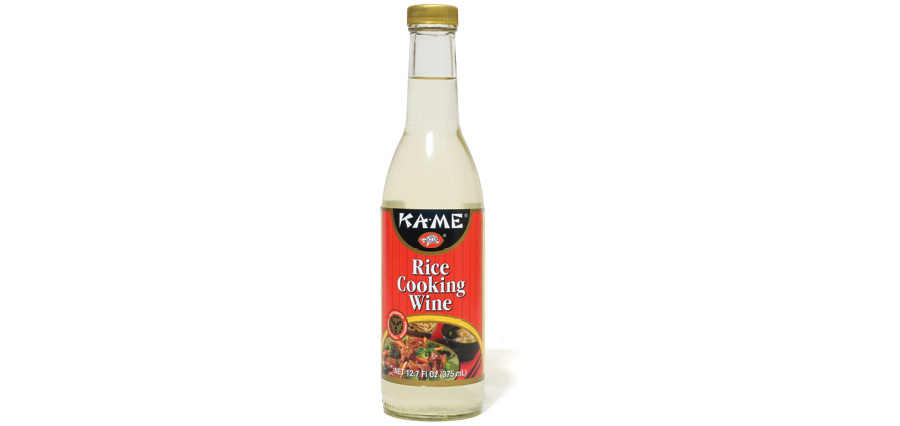
This rich-flavored liquid made from fermented glutinous rice or millet is used for both drinking and cooking. It ranges in color from clear to amber and tastes slightly sweet and aromatic. Chinese rice cooking wine is also called yellow wine, Shao Hsing, or Shao Xing. If you can’t find Chinese rice cooking wine, dry sherry is a decent substitute.
OYSTER SAUCE
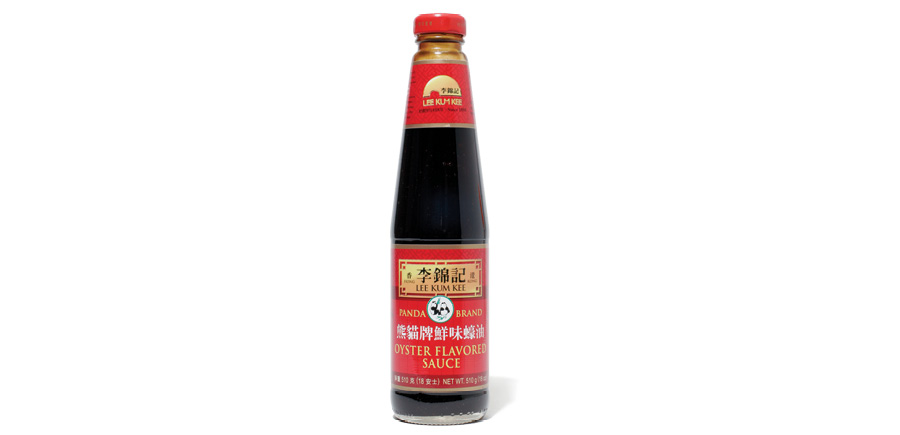
This thick, salty, strong brown sauce is a concentrated mixture of oysters, soy sauce, brine, and seasonings. It is used to enhance the flavor of many dishes and is the base for many Asian dipping sauces.
FIVE-SPICE POWDER

Often called Chinese five-spice powder, this aromatic blend of spices most often contains cinnamon, cloves, fennel seed, star anise, and Sichuan peppercorns (white pepper or ginger are common substitutes). Available in the spice aisle of the supermarket, five-spice powder is great in sauces and in spice rubs for grilled foods.
WASABI POWDER
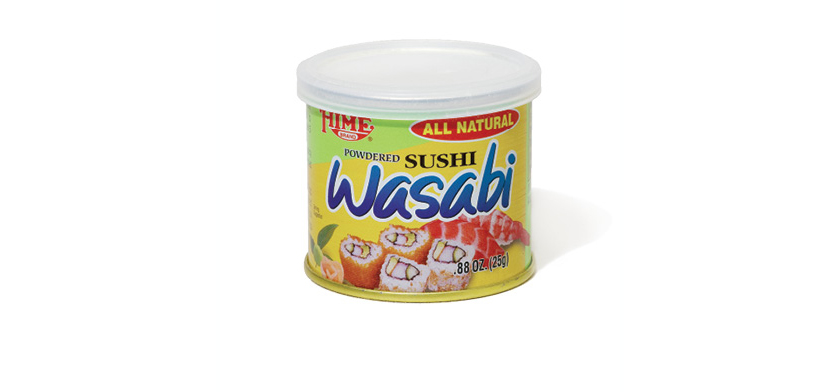
Hot and pungent, wasabi is commonly used as a condiment for sushi and sashimi but is also useful as an ingredient in other Japanese dishes. Fresh wasabi root (also known as Japanese horseradish) is hard to find and expensive (about $8 per ounce). More widely available is wasabi that is sold in paste or powder form (the powder is mixed with water to form a paste). Because fresh wasabi root is so expensive, most pastes and all powders contain no wasabi at all, but instead a mixture of garden-variety horseradish, mustard, cornstarch, and food coloring. Nevertheless, we have found that they do the job just fine in our recipes.
SESAME OIL
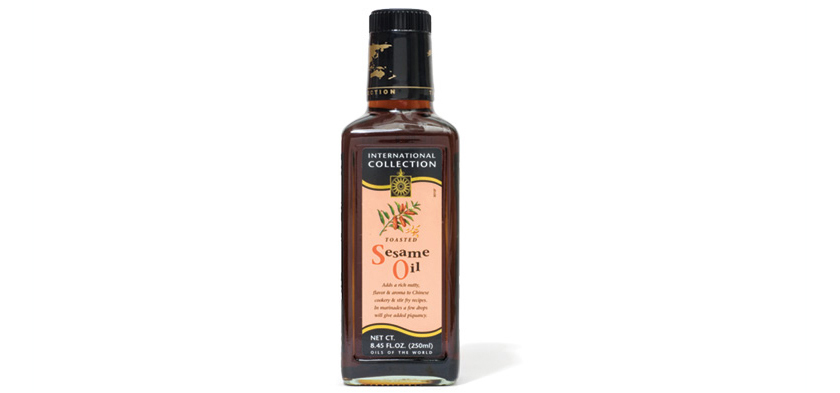
Raw sesame oil, which is very mild and light in color, is used mostly for cooking, while toasted sesame oil, which has a deep amber color, is primarily used for seasoning because of its intense and nutty flavor. Toasted sesame oil is frequently used to finish dishes all over Asia. For the biggest hit of sesame flavor, we prefer to use toasted sesame oil. Just a few drops will give stir-fries, noodle dishes, or salad dressings a deep, rich flavor. Sesame oil stored at room temperature will turn rancid if not used within a few months, and it is particularly prone to damage from heat and light. Try to purchase sesame oil in tinted glass and refrigerate it to extend its shelf life.